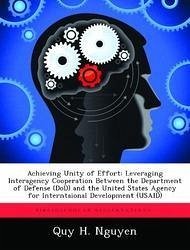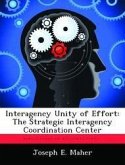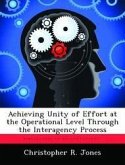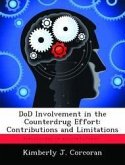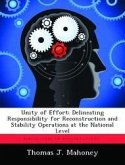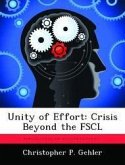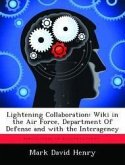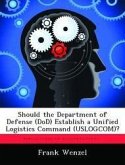America's wars cannot be won simply by applying lethal effects. The U.S. military can defeat any adversary using lethal effects to gain, clear and hold key terrain or cities faster than at any other time in history. However, winning the war includes winning the hearts and minds of the civilian population and requires a different kind of effect--one that involves non-lethal or soft power effects. Although this battle to win the hearts and minds of the local populace is not new, U.S. Government (USG) agencies have had to quickly integrate, in an ad hoc manner, in Afghanistan and Iraq and relearn some of the hard lessons. Executive Branch agencies including the Department of Defense (DOD) and United States Agency for International Development (USAID) have worked in stovepipes to develop their own core competencies with minimal cooperation. To understand the consequences of staying with the status quo one only has to look at the early days in Afghanistan and Iraq and continuing challenges. Given, these experiences, senior military and civilian leaders alike have called for a "whole of government" approach. This thesis rediscovers how interagency cooperation developed from earlier Japan and Vietnam experiences and their lessons learned to offer suggestions for the future relationship between the DOD and USAID. While each agency has made efforts toward improving cooperation, these agencies must work even closer together to systematically integrate efforts via a formal interagency exchange program. Cooperation during peace builds institutional relationships that can be a powerful lever to help achieve unity of effort during war.
Hinweis: Dieser Artikel kann nur an eine deutsche Lieferadresse ausgeliefert werden.
Hinweis: Dieser Artikel kann nur an eine deutsche Lieferadresse ausgeliefert werden.

